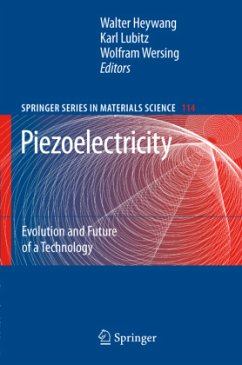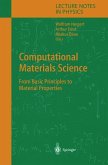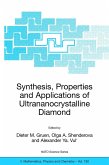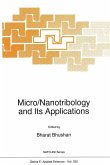Discovered in 1880, piezoelectric materials play a key role in an innovative market of several billions of dollars. Recent advances in applications derive from new materials and their development, as well as to new market requirements. With the exception of quartz, ferroelectric materials are used for they offer both high efficiency and sufficient versatility to meet adequately the multidimensional requirements for application. Consequently, strong emphasis is placed on tailoring materials and technology, whether one deals with single crystals, ceramics or plastic materials. Tailoring requires a basic understanding of both physical principles and technical possibilities and limitations. This report elucidates these developments by a broad spectrum of examples, comprising ultrasound in medicine and defence industry, frequency control, signal processing by SAW-devices, sensors, actuators, including novel valves for modern motor management. It delivers a mutual fertilization of technology push and market pull that should be of interest not only to materials scientists or engineers but also to managers who dedicate themselves to a sound future-oriented R&D policy.
From the reviews: "It is to fill a gap concerning the scientific and technical importance of piezoelectricity. ... The book addresses graduate students in material science solid-state physics, and inorganic chemistry, as well as professional scientists and engineers who are interested in material-based innovations ... serving as a reference book for managers who are interested in the economical side of innovations and in potential future markets. ... I would thoroughly recommend Piezoelectricity to fellow scientists and educators ... ." (Current Engineering Practice, Vol. 114, 2009)








